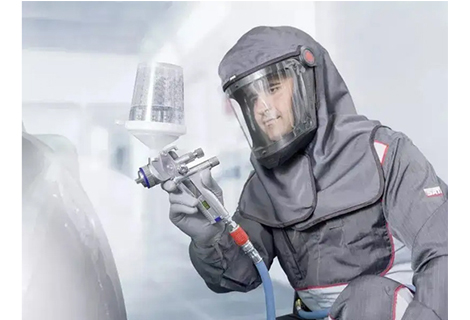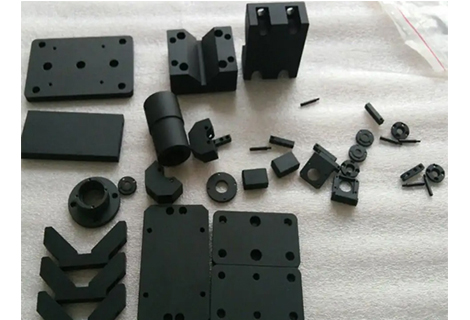Steel is one of the most widely used materials in various industries, such as construction, automotive, aerospace, and manufacturing. Steel has many types and grades, each with different chemical compositions and mechanical properties. Among them, alloy steels are steels that contain one or more alloying elements, such as chromium, nickel, molybdenum, etc., to improve their strength, hardness, toughness, or corrosion resistance. Two common alloy steels are 4140 steel and 4130 steel, which belong to the 41xx series of steels, also known as chromoly steels. These steels have similar characteristics, but also have some differences that affect their applications and performance. We will compare 4140 vs 4130 steel in terms of their chemical compositions, mechanical properties, heat treatments, machinability, weldability, and uses.
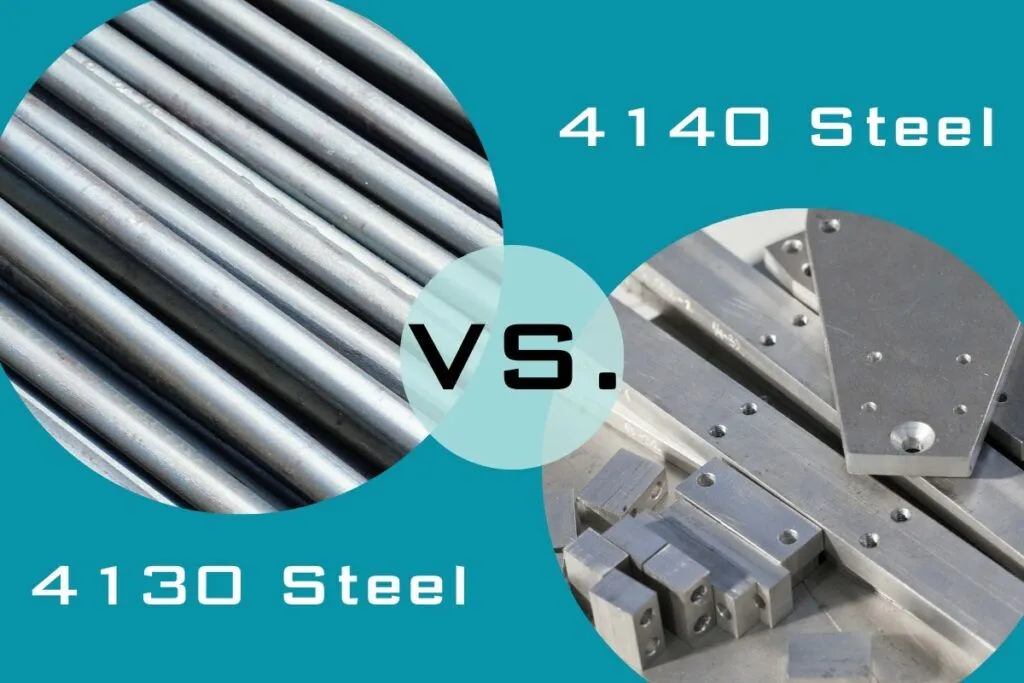
The chemical compositions of 4140 and 4130 steel are shown in the table below:
| Element | 4140 Steel (%) | 4130 Steel (%) |
|---|---|---|
| Carbon | 0.38-0.43 | 0.28-0.33 |
| Manganese | 0.75-1.00 | 0.40-0.60 |
| Silicon | 0.15-0.35 | 0.15-0.35 |
| Chromium | 0.80-1.10 | 0.80-1.10 |
| Molybdenum | 0.15-0.25 | 0.15-0.25 |
| Phosphorus | ≤0.035 | ≤0.035 |
| Sulfur | ≤0.040 | ≤0.040 |
From the table, we can see that 4140 steel has higher carbon and manganese content than 4130 steel, which means that 4140 steel has higher strength and hardness, but lower ductility and weldability. 4130 steel has lower carbon and manganese content than 4140 steel, which means that 4130 steel has lower strength and hardness, but higher ductility and weldability. Both steels have the same amount of chromium and molybdenum, which give them good resistance to wear and corrosion.
The mechanical properties of 4140 and 4130 steel depend on their heat treatment conditions, such as annealing, normalizing, quenching, and tempering. Different heat treatment methods can produce different strength, hardness, toughness, and fatigue resistance. The table below shows some typical mechanical properties of 4140 and 4130 steel in different heat treatment states:
| Condition | 4140 Steel | 4130 Steel |
|---|---|---|
| Tensile Strength (MPa) | 655 (Annealed) 1480 (Quenched and Tempered) | 560 (Annealed) 670 (Normalized) 860 (Quenched and Tempered) |
| Yield Strength (MPa) | 415 (Annealed) 1275 (Quenched and Tempered) | 360 (Annealed) 460 (Normalized) 700 (Quenched and Tempered) |
| Elongation (%) | 25.7 (Annealed) 17.7 (Quenched and Tempered) | 28.2 (Annealed) 22.4 (Normalized) 18.1 (Quenched and Tempered) |
| Reduction of Area (%) | 56.9 (Annealed) 46.8 (Quenched and Tempered) | 55.6 (Annealed) 59.9 (Normalized) 54.6 (Quenched and Tempered) |
| Hardness (HB) | 197 (Annealed) 444 (Quenched and Tempered) | 156 (Annealed) 187 (Normalized) 321 (Quenched and Tempered) |
From the table, we can see that 4140 steel has higher tensile strength, yield strength, and hardness than 4130 steel in the same heat treatment condition, but lower elongation and reduction of area. This indicates that 4140 steel is more suitable for applications that require high load-bearing capacity and wear resistance, while 4130 steel is more suitable for applications that require high formability and impact resistance.
Heat treatment is a process of heating and cooling metal materials to change their microstructure and properties. Heat treatment can improve the strength, hardness, toughness, or ductility of steel, or reduce the residual stress or improve the machinability of steel. The common heat treatment methods for 4140 and 4130 steel are annealing, normalizing, quenching, and tempering.
• Annealing: Annealing is a process of heating steel to a temperature slightly below its critical point, holding it for a period of time, and then slowly cooling it to room temperature. Annealing can reduce the hardness and strength of steel, but increase the ductility and toughness of steel. Annealing can also eliminate the internal stress and improve the machinability of steel. Annealing is usually used for 4140 and 4130 steel before machining or after welding.
• Normalizing: Normalizing is a process of heating steel to a temperature above its critical point, holding it for a period of time, and then cooling it in air. Normalizing can refine the grain size and improve the uniformity of the microstructure of steel. Normalizing can also increase the strength and hardness of steel, but reduce the ductility and toughness of steel. Normalizing is usually used for 4130 steel before quenching and tempering, or as a final heat treatment for some applications.
• Quenching: Quenching is a process of heating steel to a temperature above its critical point, holding it for a period of time, and then cooling it rapidly in water, oil, or air. Quenching can transform the austenite phase of steel into martensite phase, which is a hard and brittle structure. Quenching can greatly increase the hardness and strength of steel, but also reduce the ductility and toughness of steel. Quenching is usually used for 4140 and 4130 steel to obtain high strength and wear resistance, but it must be followed by tempering to reduce the brittleness and internal stress of steel.
• Tempering: Tempering is a process of heating steel to a temperature below its critical point, holding it for a period of time, and then cooling it in air. Tempering can reduce the hardness and strength of steel, but increase the ductility and toughness of steel. Tempering can also relieve the internal stress and improve the stability of steel. Tempering is usually used for 4140 and 4130 steel after quenching, or as a final heat treatment for some applications.
Machinability is a measure of how easy it is to cut or shape metal materials using machine tools, such as lathes, milling machines, drills, etc. Machinability depends on many factors, such as the chemical composition, mechanical properties, heat treatment, cutting parameters, tool materials, etc. of the metal materials. Generally speaking, the higher the hardness and strength of the metal materials, the lower the machinability, and vice versa.
4140 steel has lower machinability than 4130 steel, because 4140 steel has higher carbon and manganese content, which makes it harder and stronger. 4140 steel requires higher cutting forces and temperatures, which can cause more tool wear and surface roughness. 4140 steel also has lower thermal conductivity, which can cause more heat accumulation and distortion. Therefore, 4140 steel needs to be annealed before machining, and use appropriate cutting parameters, tool materials, and cooling methods to improve the machinability.
4130 steel has higher machinability than 4140 steel, because 4130 steel has lower carbon and manganese content, which makes it softer and weaker. 4130 steel requires lower cutting forces and temperatures, which can cause less tool wear and surface roughness. 4130 steel also has higher thermal conductivity, which can cause less heat accumulation and distortion. Therefore, 4130 steel can be machined in different heat treatment conditions, and use conventional cutting parameters, tool materials, and cooling methods to achieve good machinability.
Weldability is a measure of how easy it is to join metal materials using welding methods, such as arc welding, gas welding, laser welding, etc. Weldability depends on many factors, such as the chemical composition, mechanical properties, heat treatment, welding parameters, filler materials, etc. of the metal materials. Generally speaking, the higher the carbon and alloying elements content of the metal materials, the lower the weldability, and vice versa.
4140 steel has lower weldability than 4130 steel, because 4140 steel has higher carbon and manganese content, which makes it more prone to hardening, cracking, porosity, and distortion during welding. 4140 steel also has higher thermal expansion and lower thermal conductivity, which can cause more residual stress and deformation during welding. Therefore, 4140 steel needs to be preheated before welding, and use appropriate welding parameters, filler materials, and post-weld heat treatment to improve the weldability.
4130 steel has higher weldability than 4140 steel, because 4130 steel has lower carbon and manganese content, which makes it less prone to hardening, cracking, porosity, and distortion during welding. 4130 steel also has lower thermal expansion and higher thermal conductivity, which can cause less residual stress and deformation during welding. Therefore, 4130 steel can be welded in different heat treatment conditions, and use conventional welding parameters, filler materials, and post-weld heat treatment to achieve good weldability.
The uses of 4140 and 4130 steel depend on their properties and prices, different steels are suitable for different fields and industries. Here are some examples of the uses of 4140 and 4130 steel:
• 4140 steel: Due to its high strength and hardness, 4140 steel is mainly used for applications that require high load-bearing capacity and wear resistance, such as gears, shafts, axles, bolts, pistons, cylinders, etc. 4140 steel is also used for some high-performance sports equipment, such as racing car parts, bicycle frames, firearm parts, etc.
• 4130 steel: Due to its good ductility and toughness, 4130 steel is mainly used for applications that require high formability and impact resistance, such as aircraft parts, tubing, chassis, roll cages, etc. 4130 steel is also used for some general-purpose products, such as furniture, tools, fittings, etc.
Richconn is a professional custom precision machine shop that can provide you with high-quality 4140 and 4130 Steel CNC machining services, whether it's CNC machining or welding, we have you covered. With a wide range of CNC machines, including 3-axis, 4-axis, 5-axis, and mill-turn, we are able to machine 4140 and 4130 Steel parts of all shapes and sizes, whether it's simple flat surfaces and external rounds or complex curved surfaces and internal rounds, we have you covered.
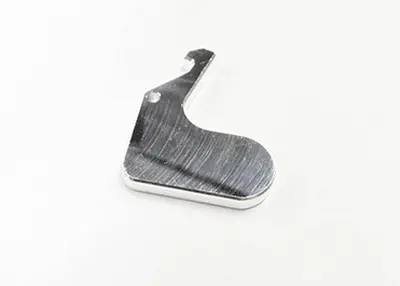 Differences Between Chrome, Galvanized and Nickel PlatingOctober 20, 2023The electroplating process is widely used in industrial design to provide a variety of functional and aesthetic properties by forming a fine layer of different metals or alloys on the surface of an object. This process is usually carried out using the principle of electrolysis, which helps in preventing oxidation of the metal and improves abrasion resistance, light reflection, electrical conductivity, corrosion resistance, and other important properties.view
Differences Between Chrome, Galvanized and Nickel PlatingOctober 20, 2023The electroplating process is widely used in industrial design to provide a variety of functional and aesthetic properties by forming a fine layer of different metals or alloys on the surface of an object. This process is usually carried out using the principle of electrolysis, which helps in preventing oxidation of the metal and improves abrasion resistance, light reflection, electrical conductivity, corrosion resistance, and other important properties.view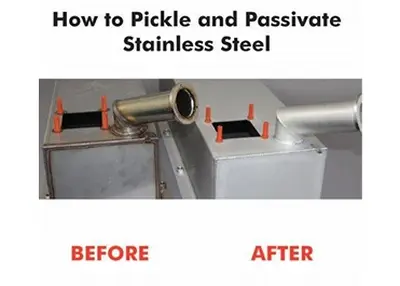 What Is Passivation and How to Passivate Stainless SteelSeptember 26, 2023Passivation is a technique used in cnc machining services for the surface treatment of metals to improve their corrosion resistance, extend their service life, and enhance their appearance.view
What Is Passivation and How to Passivate Stainless SteelSeptember 26, 2023Passivation is a technique used in cnc machining services for the surface treatment of metals to improve their corrosion resistance, extend their service life, and enhance their appearance.view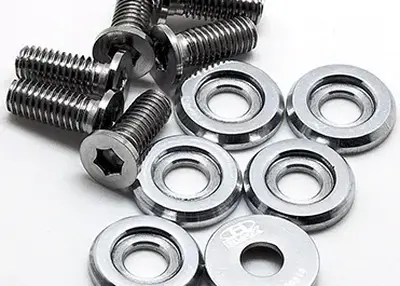 Machined Washers: Everything You Need to Know About CNC-Engineered FastenersNovember 8, 2023Welcome to the world of machined washers! If you're reading this, you're about to embark on a journey to discover the fundamental building blocks of precision engineering. Whether you're an engineer, a DIY enthusiast, or a professional seeking the perfect fastener for your project, this comprehensive guide will equip you with the knowledge to make informed decisions and take your projects to the next level.view
Machined Washers: Everything You Need to Know About CNC-Engineered FastenersNovember 8, 2023Welcome to the world of machined washers! If you're reading this, you're about to embark on a journey to discover the fundamental building blocks of precision engineering. Whether you're an engineer, a DIY enthusiast, or a professional seeking the perfect fastener for your project, this comprehensive guide will equip you with the knowledge to make informed decisions and take your projects to the next level.view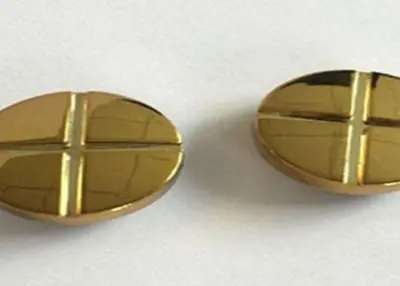 The Functional Advantages of Custom PVD Coating in Automotive DesignJanuary 5, 2024When it comes to automotive design, every detail matters. From the sleek lines of the exterior to the carefully crafted interior, each element plays a crucial role in creating a unique and memorable d...view
The Functional Advantages of Custom PVD Coating in Automotive DesignJanuary 5, 2024When it comes to automotive design, every detail matters. From the sleek lines of the exterior to the carefully crafted interior, each element plays a crucial role in creating a unique and memorable d...view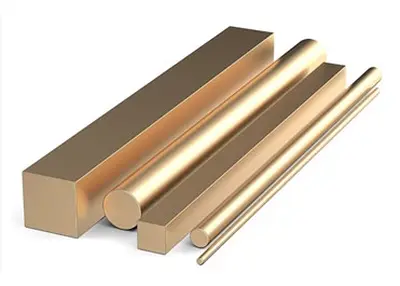 Brass vs Bronze or Brass vs Copper: Which Is Better for Your Project?October 7, 2023This article introduces the difference between brass and bronze and copper, which can help you and your project find the right choice of these metals.view
Brass vs Bronze or Brass vs Copper: Which Is Better for Your Project?October 7, 2023This article introduces the difference between brass and bronze and copper, which can help you and your project find the right choice of these metals.view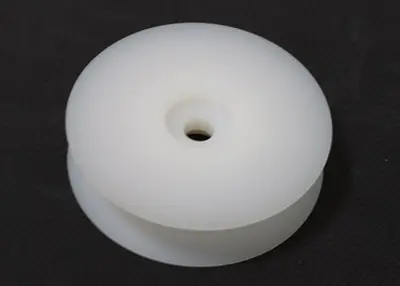 Delrin Material vs Acetal: What Are Their Differences? (A Detailed Comparison)November 28, 2023Delrin Material vs Acetal: which is better? Let’s compare the two materials to help you decide which is better for your project.view
Delrin Material vs Acetal: What Are Their Differences? (A Detailed Comparison)November 28, 2023Delrin Material vs Acetal: which is better? Let’s compare the two materials to help you decide which is better for your project.view
 EN
EN
 ru
ru 
